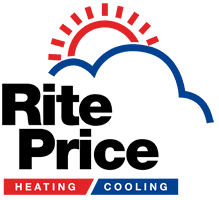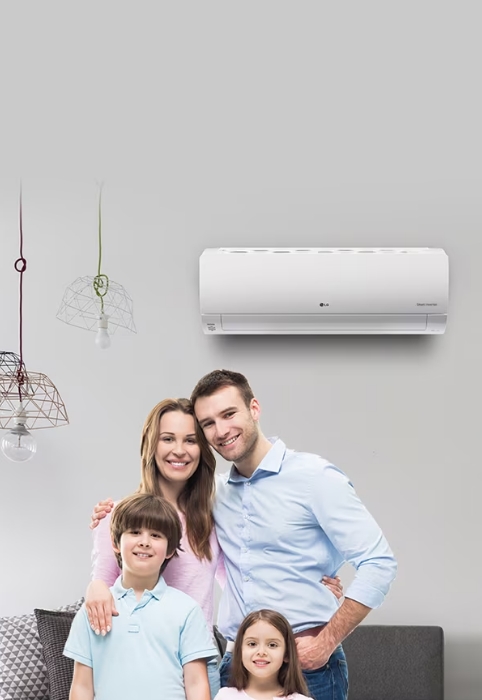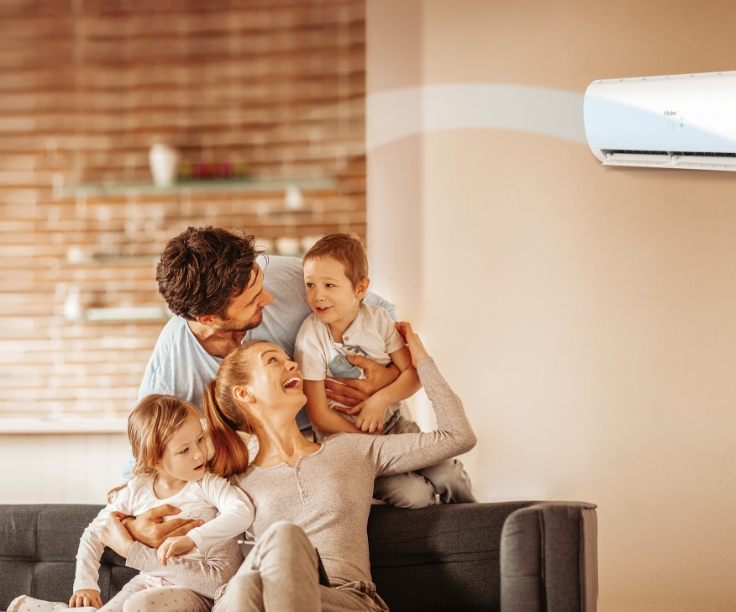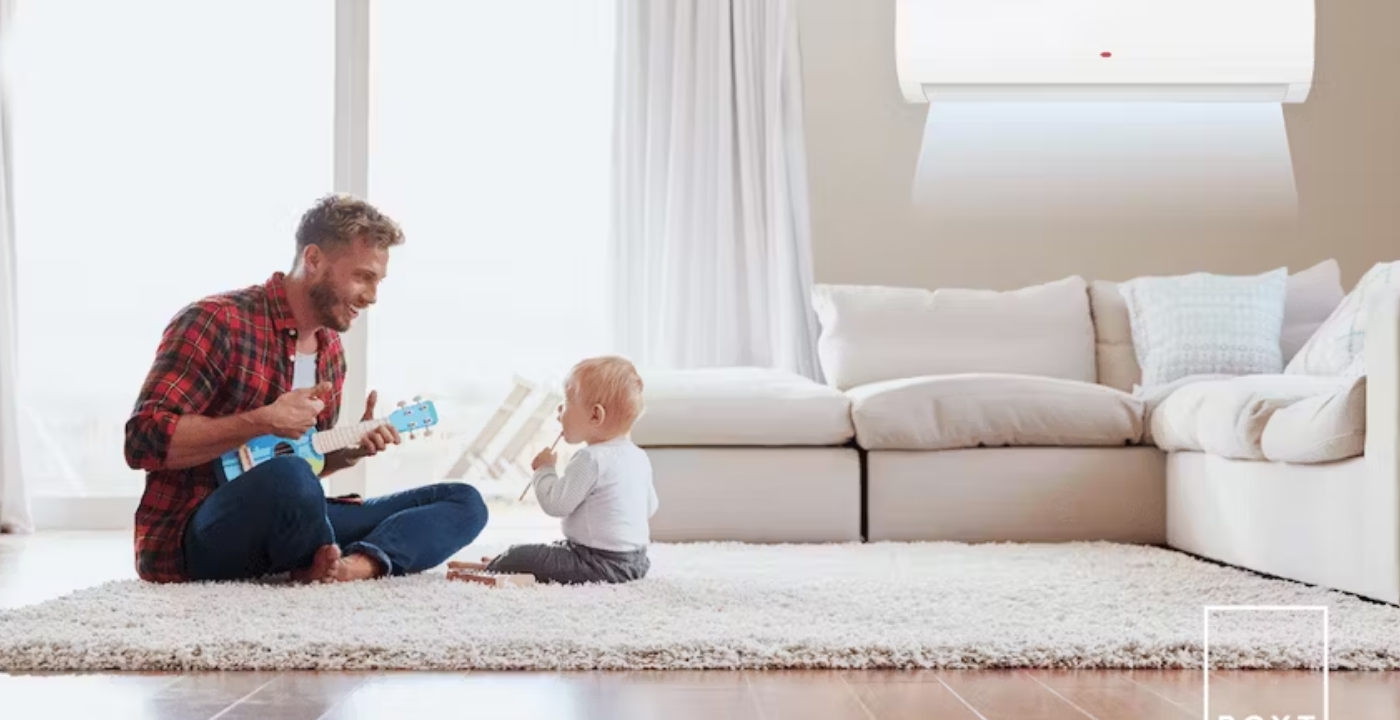Cost for air conditioning installation
Embarking on a split system installation cost journey is an exciting step towards controlling indoor climate efficiently. However, understanding the factors influencing the split system installation cost is crucial for informed decision-making. In this guide, we’ll explore key considerations that impact the overall expenses, empowering homeowners to budget effectively and select the right equipment and contractors. From assessing unit size and complexity of installation to evaluating labor rates and compliance requirements, we’ll provide insights to navigate the intricacies of split system installation cost effectively.
Types of air conditioning
There are different types of air conditioning systems, and this simply means the cost for air conditioning installation would vary based on the type of air conditioning you are wanting to install. In this article, we will go through all categories of air conditioners and walk you through the approximate cost of installing those systems. We advice our readers to keep in mind that all installation costs provided in this article varies based on the installation company and season. The reason being that all air conditioning companies have different pricing on their products and services, so all pricing in this article will be an approximate of what we Rite Price Heating and Cooling charge for installation based on the product purchased.
- Split system air conditioning
- Ducted reverse cycle air conditioning
- Evaporative air conditioning
- Ducted heating
The above types of air conditioning is what we will be discussing in this article. Before we delve into the Split System Installation Cost, we would like go through a few essential things about those product so you get an idea of what you are buying even before you think of installation.
Split System Installation Cost In Depth
Split system air conditioners are very reliable and durable. This product generally run through the entire year without any restrictions to geolocation and season. You can run your split system in an humid environment as well as dry environment. So if you’re in Sydney, your Mitsubishi split system air conditioner would work great for you just as much as it would if you happen to be living in Adelaide. Also, they run through summer seasons and winter seasons. So you do not have to run two different systems based on the seasons.
Split systems are great for small to medium sized areas. Areas like your room and studies are great places where you can install your split systems. Depending on the size of the split system and the area you are planning on making the installation happen. You can get a bigger split for not so big living or dinning areas so just simply depend on the measurement. I’ll suggest you get in touch with one of our air conditioning specialists for an accurate measurement of your home or area you intend of having it installed.
The cost for split system air conditioning installation generally start from $590. This price is only for installation and not the supply of goods. To get the most out of our current deal.
Factors Influencing Split System Installation Costs:
When considering the installation of a split system air conditioning unit, it’s essential to understand the various factors that can influence the overall cost. While the base cost may seem straightforward, several variables can impact the final price. By being aware of these factors, homeowners can make informed decisions and budget accordingly for their split system installation. Here are key factors to consider:
Size and Capacity of the Unit: The size and capacity of the split system unit play a significant role in determining installation costs. Larger units designed to cool or heat bigger spaces typically require more extensive installation procedures, including additional labor and materials.
Complexity of Installation: The complexity of the installation process can vary depending on factors such as the layout of the property, accessibility to installation areas, and existing infrastructure. Installations that require modifications to walls, ceilings, or electrical systems may incur higher costs due to additional labor and materials.
Location of Installation: The location where the split system unit will be installed can impact installation costs. Units installed in easily accessible areas with existing infrastructure (such as electrical wiring and mounting points) may require less labor and fewer materials compared to units installed in hard-to-reach or unconventional locations.
Type of Property: The type of property, whether it’s a single-family home, apartment, or commercial building, can influence installation costs. Factors such as the size of the property, number of rooms, and existing HVAC systems may affect the complexity of the installation process and, consequently, the overall cost.
Additional Features and Accessories: Certain features and accessories, such as smart thermostats, zoning systems, or advanced filtration options, can add to the overall cost of split system installation. While these features may enhance comfort and energy efficiency, they also come with additional expenses.
Labor Rates and Contractor Fees: Labor rates and contractor fees can vary depending on the geographical location, the level of expertise of the contractor, and market demand. It’s essential to obtain quotes from multiple reputable contractors and compare their pricing structures to ensure competitive rates.
Permitting and Compliance Requirements: Depending on local regulations and building codes, obtaining permits for split system installation may be required. Permitting fees and compliance requirements can contribute to overall installation costs and should be factored into the budgeting process.
By considering these factors, homeowners can gain a better understanding of the potential costs associated with split system installation and make informed decisions when selecting a contractor and planning their HVAC project.
Cost of Ducted Reverse Cycle Air Conditioning Installation
Ducted reverse cycle air conditioning comes in different shapes and sizes. Depending on how big your home is, you must make a smart decision as to how many zones you want installed. The more the zone the higher the capacity you will require to keep your home warm or cool all year round. To learn more about ducted air conditioning products, please click on this link. One of the many advantages of installing a ducted reverse cycle air conditioning system is its ability to run over the any season. Ducted air conditioning systems are great during both summer and winter seasons. They are equally efficient in any climate. Just as split system is able to operate effectively in a humid environment, so would your ducted reverse cycle operate. Difference though is the ability of a duct system to serve larger area. Unlike a split that is limited to small or medium sized areas, your duct system is capable of operating in a larger area. This is possible because ducted systems are more bigger and generally designed to carry heavier payloads.
Running your ducted air conditioning need to be done by an expert in the industry. From mapping out your home all the way to the amount of insulation and ducted outlet you may require need to be put together by an expert. Here at Rite Price Heating and Cooling, we have been installing ducted air conditioning for decades without a tainted reputation. We employ industry best air conditioning specialists to get your work done. Ducted air conditioning systems installation cost start from $1900.
Cost of Evaporative Air Conditioning Installation
Evaporative systems are great for many reasons. First is the fact that they are cheaper to run in comparison to the both split systems and ducted systems. evaporative cooling are better suited for cooling your home rather for both heating and cooling. Purchasing an evaporative simply means that you need a heating system to keep you warm during the winter seasons. Evaporative cooling systems are generally preferable in a dry geographical locations where you have less humid weather. Reason being that this awesome system uses natural air collected from outside your home to keep your inner house cool. Therefore if your living in an humid environment, you stand a chance of having a humid like cooling in your living area. The better side is you get to save a heaps on your utility bills. This system can be installed from $700. If you would like to learn more, please visit our evaporative cooling page.
Cost of Ducted Heating Installation
For those home owners wanting to install an evaporative air conditioning, you will most certainly require a ducted heating to compliment it. Ducted heating systems as their name suggest are best suited for those bitterly cold winter seasons. This system only operate in one direction, and that is to heat up your home. Ducted heaters are great products that can work perfectly fine in any climate. This is the type of product that wouldn’t mind running effectively in humid places like Sydney as well as dry places like South Australia. Mostly ducted heater runs on gas, which means you don’t have to rely on any climate for efficiency. Installing a ducted heater can cost from $850.
For the best deal in the industry, get in touch with Rite Price Heating and Cooling. Rite Price has been in the industry for decades servicing South Australian families with integrity. Rite Price Heating and Cooling is Australian family owned and operated business. We understand what every Australian home owners want and need when it comes to choosing the right air conditioning for your home. Get int ouch with us by filling up the quote form or give us a call on 1300 791 288.







